Filter by

Math calculations for pharmacy technicians : a worktext fourth edition
- Edition
- Fourth edition
- ISBN/ISSN
- 9780323760126
- Collation
- xviii, 565 p. : ill. ; 28 cm
- Series Title
- -
- Call Number
- 615.1401513 Bea m
- Edition
- Fourth edition
- ISBN/ISSN
- 9780323760126
- Collation
- xviii, 565 p. : ill. ; 28 cm
- Series Title
- -
- Call Number
- 615.1401513 Bea m
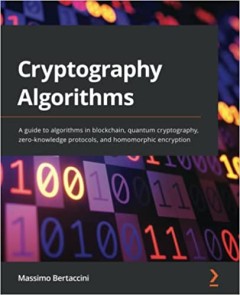
Cryptography algorithms: a guide to algorithms in blockchain, quantum cryptog…
- Edition
- -
- ISBN/ISSN
- 9781789617139
- Collation
- xvi,340 p. : ill. : ind. ; 24 cm.
- Series Title
- -
- Call Number
- 005.73 Ber c
- Edition
- -
- ISBN/ISSN
- 9781789617139
- Collation
- xvi,340 p. : ill. : ind. ; 24 cm.
- Series Title
- -
- Call Number
- 005.73 Ber c

Revise S1 edexcel As and A level modular mathematics : Statistics 1
- Edition
- Revise 1
- ISBN/ISSN
- 9780435519308
- Collation
- 78 p. : ill. ; 27 cm.
- Series Title
- -
- Call Number
- 510 Att r
- Edition
- Revise 1
- ISBN/ISSN
- 9780435519308
- Collation
- 78 p. : ill. ; 27 cm.
- Series Title
- -
- Call Number
- 510 Att r

Essential maths A level pure mathematics book 2
- Edition
- -
- ISBN/ISSN
- 9781906622701
- Collation
- v, 323 p. : ill. ; 27 cm.
- Series Title
- -
- Call Number
- 510 Gur e
- Edition
- -
- ISBN/ISSN
- 9781906622701
- Collation
- v, 323 p. : ill. ; 27 cm.
- Series Title
- -
- Call Number
- 510 Gur e

Essential maths A level pure mathematics book 1
- Edition
- -
- ISBN/ISSN
- 9781906622657
- Collation
- v, 290 p. : ill. ; 27 cm.
- Series Title
- -
- Call Number
- 510 Gur e
- Edition
- -
- ISBN/ISSN
- 9781906622657
- Collation
- v, 290 p. : ill. ; 27 cm.
- Series Title
- -
- Call Number
- 510 Gur e
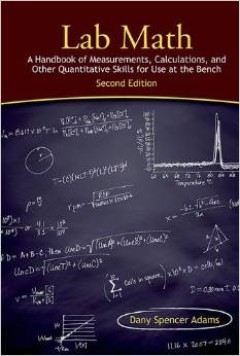
Lab math : a handbook of measurements, calculations, and other quantitative s…
Lab Math: A Handbook of Measurements, Calculations, and Other Quantitative Skills for Use at the Bench, 2nd edition, collects in one place the numbers and equations you rely on for your experiments and use to report your data-what they mean and how to use them-as well as easy-to-follow shortcuts for making the math easier. Written in an accessible and informal style, Lab Math describes basic ma…
- Edition
- 2nd
- ISBN/ISSN
- 9781936113712
- Collation
- xi, 332 p. : ind. ; 24 cm
- Series Title
- -
- Call Number
- 510 Ada l
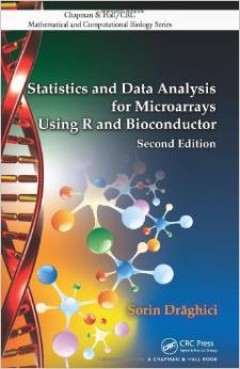
Statistics and data analysis for microarrays using R and Bioconductor
Richly illustrated in color, Statistics and Data Analysis for Microarrays Using R and Bioconductor, Second Edition provides a clear and rigorous description of powerful analysis techniques and algorithms for mining and interpreting biological information. Omitting tedious details, heavy formalisms, and cryptic notations, the text takes a hands-on, example-based approach that teaches students th…
- Edition
- -
- ISBN/ISSN
- 9781439809754
- Collation
- xlviii, 1042 p. : ill. : ind. ; 25 cm
- Series Title
- -
- Call Number
- 572.8636 Dra s
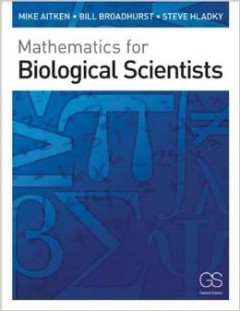
Mathematics for biological scientists
Mathematics for Biological Scientists is a new undergraduate textbook which covers the mathematics necessary for biology students to understand, interpret and discuss biological questions. The book's twelve chapters are organized into four themes. The first theme covers the basic concepts of mathematics in biology, discussing the mathematics used in biological quantities, processes and struc…
- Edition
- -
- ISBN/ISSN
- 9780815341369
- Collation
- xix, 452 p. : ill. : ind. ; 28 cm.
- Series Title
- -
- Call Number
- 570.151 Ait m
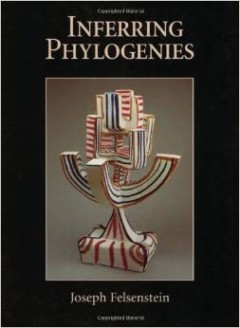
Inferring phylogenies
Phylogenies (evolutionary trees) are basic to thinking about and analyzing differences between species. Statistical, computational, and algorithmic work on them has been ongoing for four decades, with great advances in understanding. Yet no book has summarized this work until now. Inferring Phylogenies explains clearly the assumptions and logic of making inferences about phylogenies, and using …
- Edition
- -
- ISBN/ISSN
- 9780878931774
- Collation
- xx, 664 p. : ill. : ind. ; 23 cm.
- Series Title
- -
- Call Number
- 578.012 Fel i

Microarray bioinformatics
DNA microarrays have revolutionized molecular biology and are becoming a standard tool in the field. Dov Stekel's book is a comprehensive guide to the mathematics, statistics, and computing required to use microarrays successfully. Unlike traditional molecular biology, the successful use of DNA microarrays requires the application of statistics and computing to design the arrays and experiments…
- Edition
- -
- ISBN/ISSN
- 9780521525879
- Collation
- 263 p. : ill. : ind. ; 26 cm.
- Series Title
- -
- Call Number
- 572.8636 Ste m

Sequence comparison : theory and methods
Biomolecular sequence comparison is the origin of bioinformatics. This book gives a complete in-depth treatment of the study of sequence comparison. A comprehensive introduction is followed by a focus on alignment algorithms and techniques, proceeded by a discussion of the theory. The book examines alignment methods and techniques, features a new issue of sequence comparison - the spaced see…
- Edition
- -
- ISBN/ISSN
- 9781849967822
- Collation
- xx, 209 p. ; 25 cm.
- Series Title
- -
- Call Number
- 572.8 Cha s
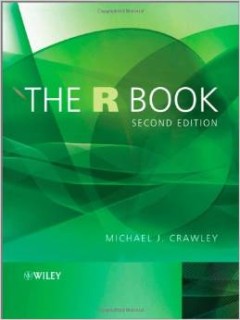
The R book
Hugely successful and popular text presenting an extensive and comprehensive guide for all R users The R language is recognized as one of the most powerful and flexible statistical software packages, enabling users to apply many statistical techniques that would be impossible without such software to help implement such large data sets. R has become an essential tool for understanding and carry…
- Edition
- 2nd
- ISBN/ISSN
- 9780470973929
- Collation
- xxi, 1051 p. : ill. : ind. ; 25 cm.
- Series Title
- -
- Call Number
- 519.50285 Cra r

Discrete mathematics and its applications
Discrete Mathematics and its Applications, Seventh Edition, is intended for one- or two-term introductory discrete mathematics courses taken by students from a wide variety of majors, including computer science, mathematics, and engineering. This renowned best-selling text, which has been used at over 500 institutions around the world, gives a focused introduction to the primary themes in a dis…
- Edition
- 7th
- ISBN/ISSN
- 9780073383095
- Collation
- xx, 904 p. : ill. : ind. ; 28 cm.
- Series Title
- -
- Call Number
- 511 Ros d
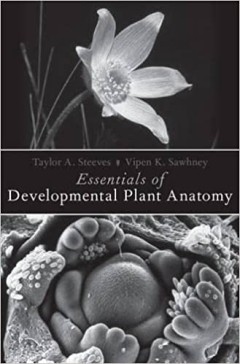
Essentials of discrete mathematics
Essentials of Discrete Mathematics, Second Edition is the ideal text for a one-term discrete mathematics course to serve computer science majors as well as students from a wide range of other disciplines. It introduces students to the mathematical way of thinking, and also to many important modern applications. The material is organized around five types of thinking: logical, relational, recurs…
- Edition
- 2nd
- ISBN/ISSN
- 9781449604424
- Collation
- xx, 488 p. : ill. : ind. ; 24 cm.
- Series Title
- -
- Call Number
- 511 Hun e
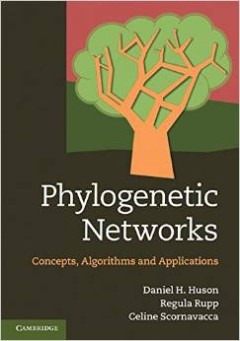
Phylogenetic networks : concepts, algorithms and applications
The evolutionary history of species is traditionally represented using a rooted phylogenetic tree. However, when reticulate events such as hybridization, horizontal gene transfer or recombination are believed to be involved, phylogenetic networks that can accommodate non-treelike evolution have an important role to play. This book provides the first interdisciplinary overview of phylogenetic ne…
- Edition
- -
- ISBN/ISSN
- 9780521755962
- Collation
- xii, 362 p. : ill. : ind. ; 25 cm.
- Series Title
- -
- Call Number
- 578.012 Hus p
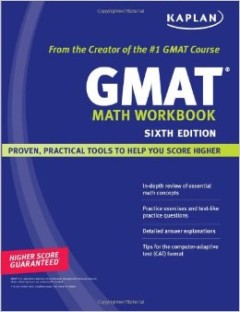
GMAT math workbook
- Edition
- Sixth
- ISBN/ISSN
- 9781419552168
- Collation
- 340 p. : ill. ; 28 cm.
- Series Title
- -
- Call Number
- 510.76 Gma
- Edition
- Sixth
- ISBN/ISSN
- 9781419552168
- Collation
- 340 p. : ill. ; 28 cm.
- Series Title
- -
- Call Number
- 510.76 Gma
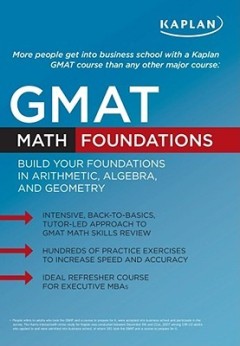
GMAT math foundations
- Edition
- -
- ISBN/ISSN
- 9781607140863
- Collation
- vi, 384 p. : ill. ; 26 cm
- Series Title
- -
- Call Number
- 510.76 Gma
- Edition
- -
- ISBN/ISSN
- 9781607140863
- Collation
- vi, 384 p. : ill. ; 26 cm
- Series Title
- -
- Call Number
- 510.76 Gma
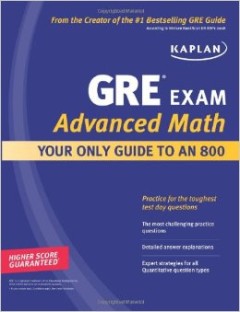
GRE exam advanced math
- Edition
- -
- ISBN/ISSN
- 9781607144977
- Collation
- xiii, 189 p. : ill. ; 28 cm.
- Series Title
- -
- Call Number
- 510.76 Gre
- Edition
- -
- ISBN/ISSN
- 9781607144977
- Collation
- xiii, 189 p. : ill. ; 28 cm.
- Series Title
- -
- Call Number
- 510.76 Gre
 Computer Science, Information & General Works
Computer Science, Information & General Works  Philosophy & Psychology
Philosophy & Psychology  Religion
Religion  Social Sciences
Social Sciences  Language
Language  Pure Science
Pure Science  Applied Sciences
Applied Sciences  Art & Recreation
Art & Recreation  Literature
Literature  History & Geography
History & Geography